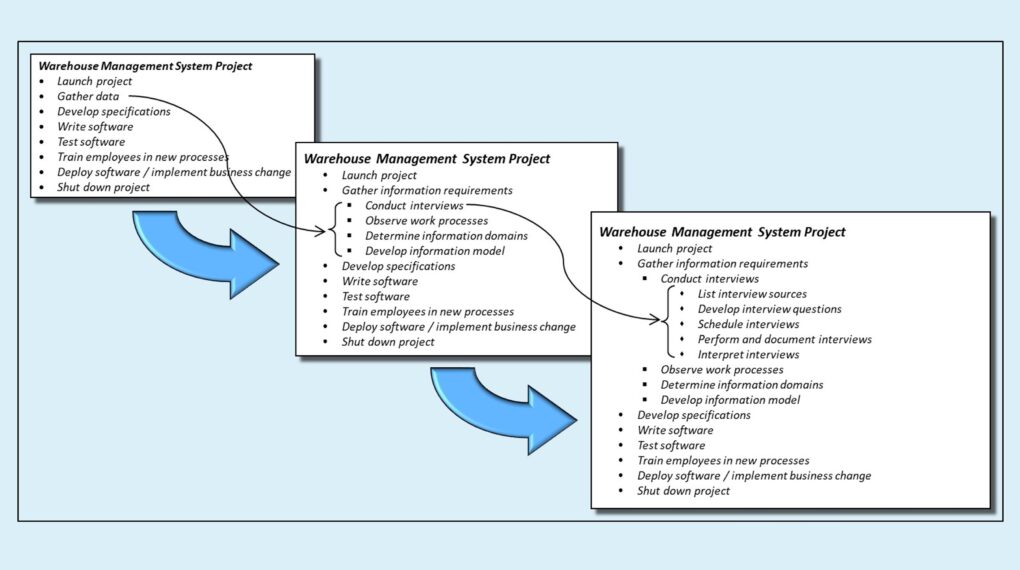COVID-19 was declared a pandemic on March 11, 2020 by the World Health Organization.
That was the disease. Disinformation about COVID-19 reached pandemic proportions on March 12, 2020, as assessed by yours truly.
The COVID-19 pandemic has entered a strange phase, in which the risk of contracting the virus, driven by ever more contagious variants, continues to oscillate in waves. At the same time the risk of hospitalization and mortality from the virus has plummeted, thanks to near-miraculous achievements on the part of the biomedical research community in the form of rapidly developed vaccinations and effective treatments.
The COVID-19 disinformation pandemic, in contrast, continues to induce inflammation. Its etiology: the production of “alternative facts” and spurious statistics designed to appeal to those who subscribe to a good-guys/bad-guys worldview.
Example: The perception that being vaccinated doesn’t reduce COVID risks continues to be popular among a certain class of opinionator, armed with persuasive-looking but flawed statistics and positioned for high visibility in the popular media.
Revealing the flaws in their statistical reasoning depends on opinionators whose highest-visibility platforms are publications such as Scientific American – not where most citizens flock to develop their opinions. See the graph that follows (spoiler alert):

Nonetheless, for several reasons it’s time for organizations to revisit their COVID-19 policy. First and foremost, as of this writing and as noted above, the combination of currently available vaccines and clinically valid treatments – and yes, I mean Paxlovid, not quack therapeutics like Ivermectin – have made the consequences of an employee violating your COVID-19 policy less dire than they were in the early stages of the pandemic.
Second, as compared to 2020, the power dimension of the employer/employee relationship has shifted significantly in employees’ favor. As a practical matter, terminating an employee for violating policy probably harms the employer as much or more than the employee.
And third, the logic of targeting a policy to a single specific malady is increasingly tenuous.
The original purpose was to help create and maintain a safe work environment. But even before COVID-19, contagiously ill employees who came in to the office endangered their colleagues – not as severely as COVID in the pandemic’s early days, but of severe enough discomfort and debilitation to matter regardless of the specific malady.
Shortly before the first COVID-19 vaccines were released (late July, 2021) I suggested this COVID-19 policy:
All employees who:
- Enter our facilities …
- Enter a client’s facilities …
- Perform any of their responsibilities face-to-face with colleagues regardless of location …
- Enter our facilities …
- Enter a client’s facilities …
- Perform any of their responsibilities face-to-face with colleagues regardless of location …
… must be fully vaccinated. Refusal to comply with this policy can result in termination or reassignment to a position all of whose duties can be performed remotely. If the result is reassignment the company reserves the right to adjust compensation to make it commensurate with the new position’s pay structure.
This policy applies to all employees and contractors, other than those who can perform all work remotely.
What should change?
Mandating vaccination made sense when vaccines were effective against the most prevalent variants, and when the consequences of failing to comply concerned employees more. But that ship has sailed and there’s no point in pretending otherwise.
Also, as mentioned, broadening policy beyond COVID and only COVID would mean requiring employees to be fully vaccinated against everything that’s contagious and for which we have effective vaccines. This just won’t fly, regardless of the wisdom of being fully vaccinated.
Bob’s last word: Encouraging employees to be fully vaccinated is a matter of helping them stay healthy. Our arsenal of safe and effective vaccines is one of the blessings of modern medicine.
But mandating them? For better or worse the time for that has come and gone.
The alternative: Instead of mandating vaccination, requiring all contagiously ill employees to stay home makes all kinds of sense.
It makes all kinds of sense, that is, if their employer makes PTO policies more generous, so that ill employees no longer have an incentive to show up for work at the office, giving the gift that keeps on giving – a disease.
Bob’s sales pitch: Need help thinking through a situation you or your organization is facing? That’s what I do, and if you read KJR on a regular basis you should have a pretty good sense of the perspectives I bring to such things.
And you can get my help in increments as small as an hour.
Just let me know what you need.
Now showing on CIO.com’s CIO Survival Guide: “A CIO’s guide to guiding business change.” Because As CIOs re-think IT’s role in the enterprise, leading or facilitating business change is central to the conversation. Here’s one way IT can and should regain center stage.

